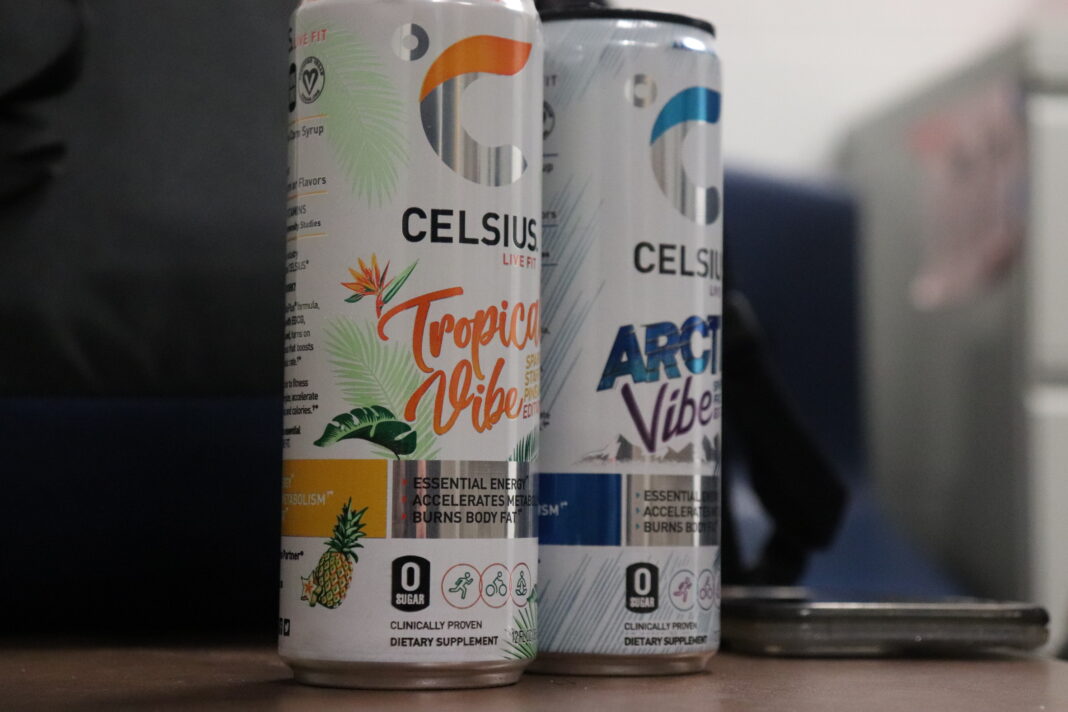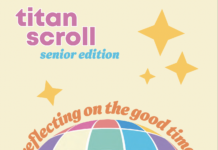The new iced coffee station in the lunch room seems to be a hit with many students, but it begs the question: Is caffeine addiction in teens a problem?
Sophomore Gretchen Isbell said, “Honestly, I love caffeine, it’s what gets me through every day, but coffee’s usually not my thing.” Yet, when she tried the coffee, Isbell said, “I was very pleasantly surprised.” The same seems to go for many other students.
“I see a lot of people getting it every day,” Isbell said, “Everyone basically has the same reaction.”
Cafeteria Manager Leanda DeDonder said she was also surprised by the number of students buying West’s iced coffee. According to her, between 18 to 26 servings of the iced coffee are sold at breakfast, while lunch can be anywhere from 15 to 40 servings.
While the new iced coffee seems to be a popular trend, energy drinks like Monsters, Red Bulls, and Celsius may have an even stronger grip on the students of West. Sometimes students will drink something they don’t even enjoy, just to get their caffeine fix.
“Like the Kickstarts in the lunchroom, they’re not good, but they have caffeine in them,” Isbell said.
According to Alison Ludden in “Understanding Adolescent Caffeine Use: Connecting Patterns With Expectancies, Reasons, and Sleep,” less than 20% of teens are getting the amount of recommended sleep, which is between 8 and a half to 9 hours. Teens consuming high caffeine levels have “more disturbed sleep, shorter sleep duration, longer sleep latencies, and poorer sleep quality” (Ludden 331).
To some, an energy drink may feel like a lifeline to power through an English essay or an after school track practice. But while caffeine gives you that temporary energy boost, it doesn’t actually reduce your need for sleep.
History teacher Matt Turner said he started with Dr. Pepper as a teen, which turned to coffee in college, and became a combination of the two caffeinated beverages in adulthood.
“If I go for a day without drinking it, I’m going to have headaches,” Turner said, “When we develop dependencies early on in our lives they often stay with us.”
Knowing the risks of caffeine, students have to decide whether or not it’s worth it.
“It kind of varies, but most days I’d say I have an average of like, 200 milligrams of caffeine,” Isbell said.
Turner said, “I have a lot of concerns, especially as to the health of students as their brains are still forming at such an important age…caffeine addiction is very real.”
The trend of caffeine dependence seems to be a problem some teens are struggling with, and the iced coffee station in the lunchroom may enable this for a few. When it comes to their own caffeine consumption, students will have to make the decision for themselves.















